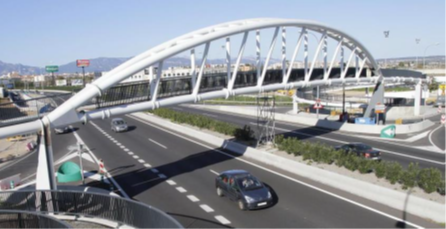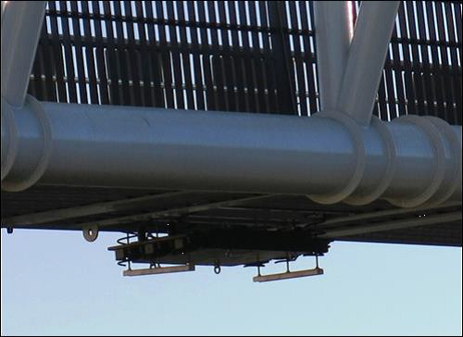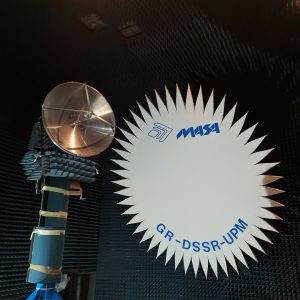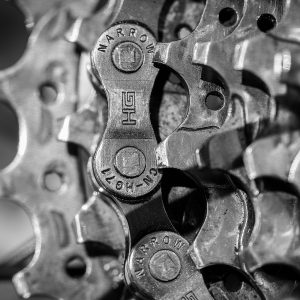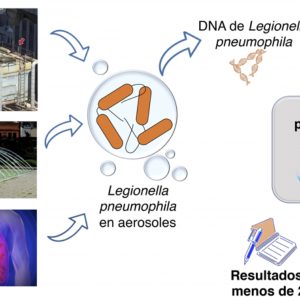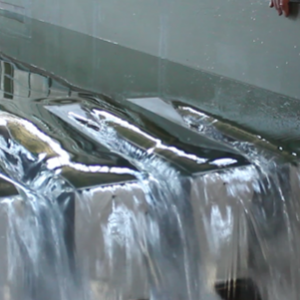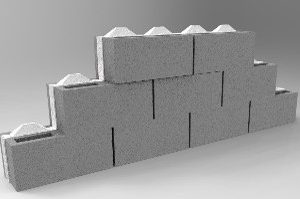Brief description of the solution and the added value it delivers
The ViþControl project has involved the development of ad hoc systems to reduce vibrations in civil engineering structures (bridges, buildings, towers, etc.), increase their useful life and assess their structural health. It involves smart damping devices that can be taken into consideration right from the structure’s design, as there is no need to modify the structure at any point in the process, which offers clear advantages both in terms of material savings and environmental impact. It is particularly suitable for structures subjected to dynamic loads: wind turbines, railway bridges, footbridges, gymnasium floors, dance halls and many others.
Description of the technological basis
The ViþControl project has involved the development of ad hoc systems to reduce vibrations in civil engineering structures (bridges, buildings, towers, etc.), increase their useful life and assess their structural health.
It involves smart damping devices that can be taken into consideration right from the structure’s design, without needing to modify the structure at any point in the process This has clear advantages, both in terms of material savings and environmental impact. It is particularly suitable for structures subjected to dynamic loads: wind turbines, railway bridges, footbridges, gymnasium floors, dance halls, etc.
‘It involves designing bridges and buildings with integral dampers, resulting in less vibrations, more comfort, a longer useful life, less maintenance and less impact on the environment’
Business needs / application
-
Improved infrastructure safety.
-
Improved safety when holding mass events, in order to avoid stampedes.
-
Multi-use structures with safety requirements relating to different types of load.
-
Building slender structures with better materials, avoiding the tendency to vibrate.
-
Integration of smart dampers in structures, with constant awareness of the structural response.
-
Avoiding destructive testing.
-
Increasing the use of technologies consolidated in other fields of engineering, such as robotics or the automotive sector.
Competitive advantages
-
Material savings during construction of up to 50% of the price of the structure, representing between 20 and 80% of the total and financial benefits of up to 40%.
-
Reduces the carbon footprint by up to 50%.
-
Increases the useful life of the structure, making it more reliable.
-
Increases the comfort perceived by users, by reducing vibrations.
-
Thanks to its integrated sensors, it is an adaptive smart structure.
References
-
More than €102,000 through contracts with companies: VALORIZA, CORSAM-CORVIAM, FCC, TELICE, VZERO, PONDIO, MELCHOR MASCARÓ, etc.
-
Public projects: REVES-P, development of new vibration reduction systems, 2014-2016; SETH, comprehensive structural monitoring system for buildings, 2013-2015.
-
Recognised experts in vibration control, structural instrumentation and innovative repair systems.
Stage of development
-
Concept
-
Research
-
Lab prototype
-
Industrial prototype
-
Production
Contact
ViþControl contact
Iván Muñoz, Jaime H. García, José M. Soria
G. Ingeniería Estructural, ETSI Caminos, Canales y Puertos – UPM
e: ivan.muñ; e: ; e:
UPM contact
Innovation and Entrepreneurship Programmes
Technological Innovation Support Centre (CAIT) – UPM


